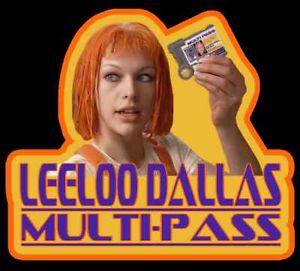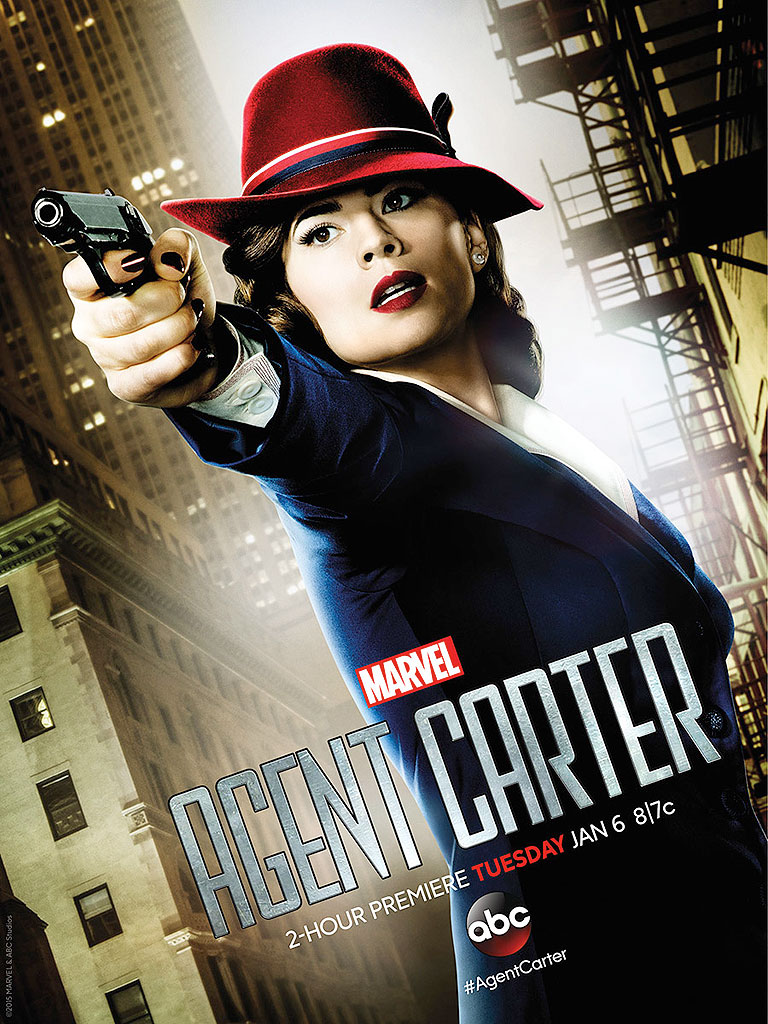The second act is where most of the action happens. Have you ever heard the analogy that writing a book is like getting your character up a tree, throwing rocks at him, and then getting him back down again.
Act one is putting him up the tree.
Now we get to throw rocks at him.
Doesn’t that sound fun?
The first point I will make is that the second act
is always the longest. It’s all the problems your protagonist faces along their
journey. This is often when first-time writers sag the most. It’s also where
I sag the most.
Sorry. Moving on. Anyway, making sure you have ideas
planned for the middle is important. The beginning and the end are important
too of course, and in fact the end and the climax is almost the most important
part, but if the reader gets bored in the middle, they’re never going to read
the end. Usually you want between 3 and10 big planned events in the middle. I
usually go with somewhere around 5. 10 is kind of extensive, unless you’re
writing a high fantasy novel, which I do not recommend on your first try.
Have fun writing everyone!
Good luck with your middle!

